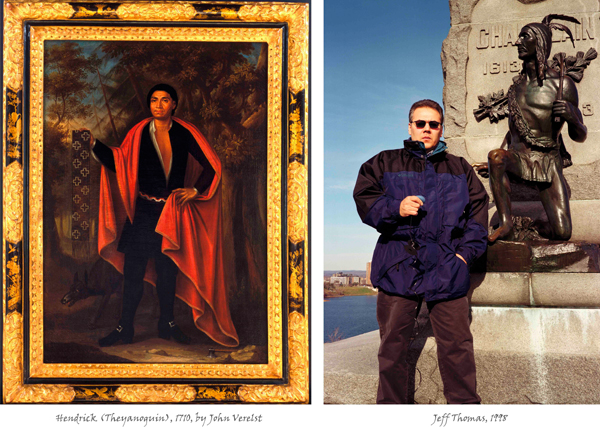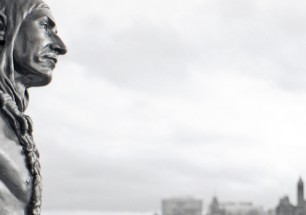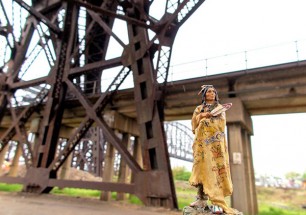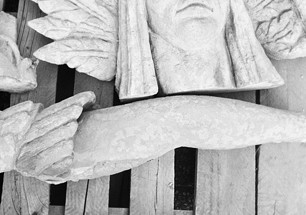Bio
I am an urban-based Haudenosaunee (Iroquois), born in the city of Buffalo, New York. My parents and grandparents were born at the Six Nations of The Grand River Territory and left the reserve in the 1940s to find work in Buffalo. My career in the visual arts began after a near fatal car accident in 1979, and with a permanent disability I set out to define ‘urban Iroquois.’ You won’t it in any dictionary or anthropological publication — it is this absence that informs my work as a photo-based storyteller, researcher, independent curator, and public speaker. I want to dismantle long entrenched stereotypes and inappropriate caricatures of Indigenous people.
Jeff Thomas is an independent curator and photographer who deals, in examination of his own history and identity, with issues of aboriginality that have arisen at the intersections of Native and non-Native cultures in what is now Ontario and northern New York state. Nationally recognized for ground-breaking scholarship and innovative curatorial practice in this area, he has been involved in major projects at such prominent cultural institutions in Canada as the Canadian Museum of Civilization, the Woodlands Cultural Centre, the Art Gallery of Ontario, and Library and Archives Canada.
As his curatorial projects, publications and exhibitions amply demonstrate he is committed to work dealing with issues of race, aboriginality, and gender in both archival and contemporary photography dealing with Aboriginal peoples. He is author of Where are the Children? Healing the Legacy of the Residential Schools, a ground-breaking exhibition sponsored by the Aboriginal Healing Foundation to publicly recognize, through photographic history, the aboriginal experience of the residential school system in Canada. His research into historical aboriginal experience and its contemporary relevance has also resulted in the Canadian Museum of Civilization project, Emergence from the Shadow: First People’s Photographic Perspectives, a critically-acclaimed study historical photographs by early 20th century Canadian anthropologists of members of the Six Nations community at Brantford, a show that provided contemporary members of that community their first access to these images of their ancestors and of historical life on the reserve.
It is not surprising, as a result, that he was commissioned to research and design the first Aboriginal intervention into the Euro-Canadian art installation at the Art Gallery of Ontario, No Escapin’ This: Confronting Images of Aboriginal Leadership. Intended to mark the institution’s new commitment to the introduction of Native history into the gallery’s spaces, No Escapin’ This has also effectively solidified Thomas’s place at the forefront of scholarship at the intersection of Native and non-Native histories in Canada.
Lynda Jessup




